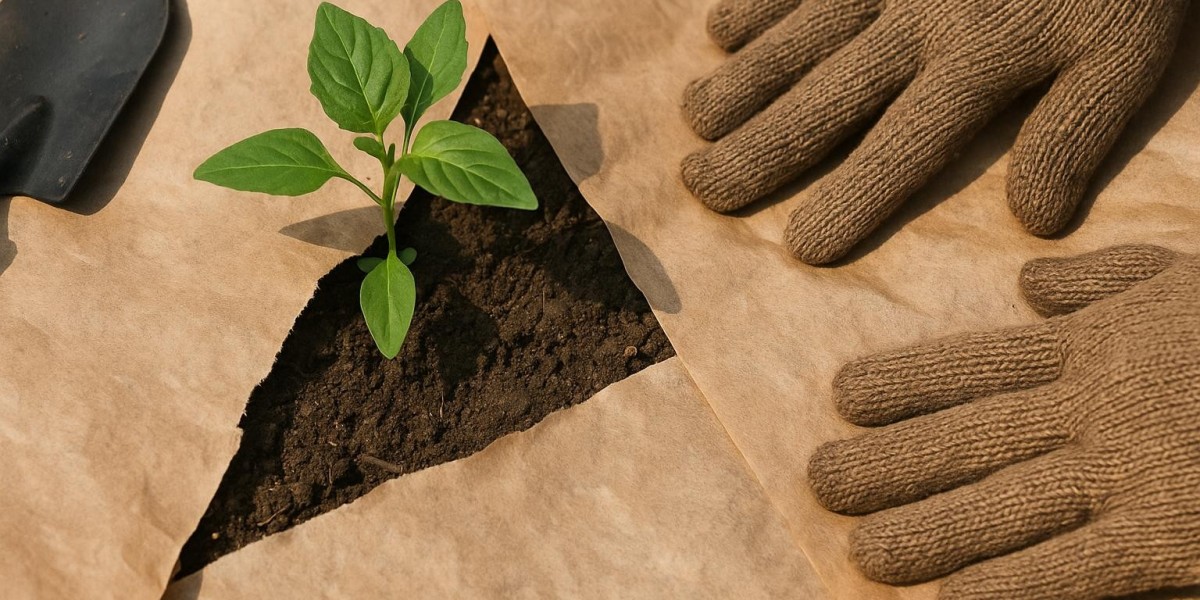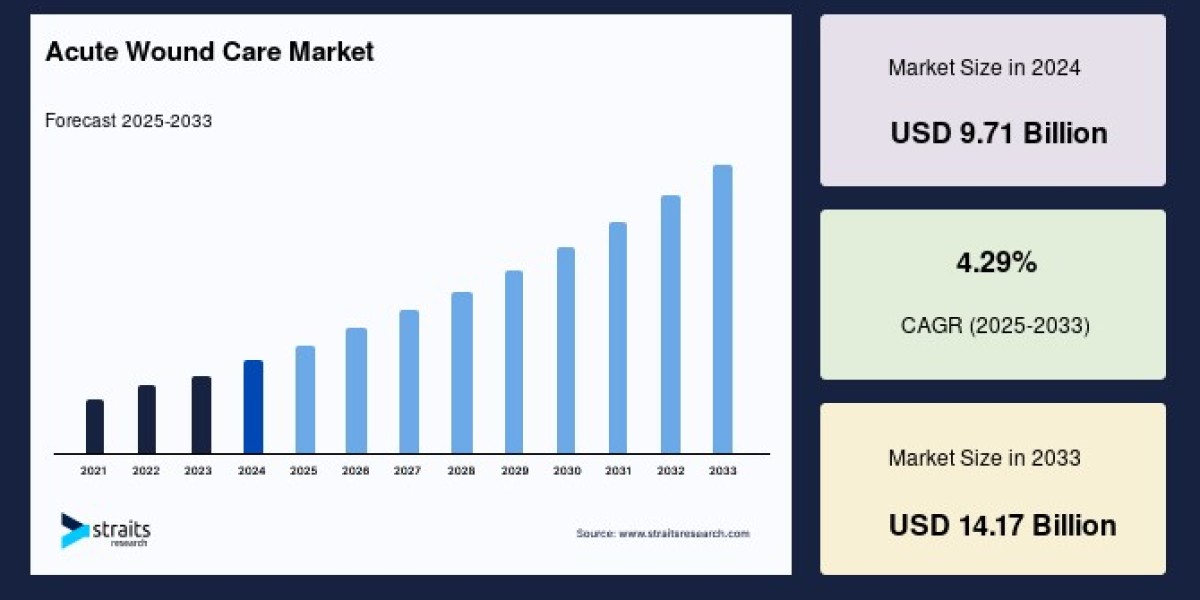How Does Mulching Paper Influence Soil Structure?
Soil structure determines water retention, root growth, and nutrient cycling. Mulching paper serves as a protective layer that shields the soil from harsh environmental conditions. Unlike synthetic mulches, it allows natural soil processes to continue without disruption.
It reduces soil crusting, maintaining better porosity.
It prevents compaction from rainfall impact.
Farmers using mulching paper often observe looser, more friable soil. This aeration is crucial for microbial activity and healthy root penetration. In regions with heavy rainfall, mulching paper acts as a buffer against surface sealing, promoting better water infiltration.
Does Mulching Paper Really Control Erosion and Surface Runoff?
Topsoil loses nutrients due to erosion, which lowers productivity. Because it covers the soil surface, mulching paper is essential for preventing erosion, particularly on sloping terrain. Because of its biodegradable nature, it leaves behind organic residues that bind soil particles even as it breaks down.
When compared to bare soil, mulching can lower surface runoff by as much as 40%, according to research from the USDA Natural Resources Conservation Service. In addition to conserving soil, this function reduces sedimentation and nutrient leaching in surrounding water bodies.
Can Mulching Paper Improve Soil Moisture Retention?
Maintaining consistent soil moisture is critical for plant health. Mulching paper slows evaporation by creating a barrier that protects the soil from direct sun exposure. This results in more stable moisture levels, reducing the frequency and quantity of irrigation required.
For farmers in arid zones or those relying on drip irrigation, this water-saving benefit is invaluable. In practical terms, mulching paper can help reduce water usage by up to 30%, especially in crops sensitive to moisture stress.
Moisture consistency supports microbial life, promoting a healthy rhizosphere where beneficial organisms thrive.
How Does Mulching Paper Support Soil Temperature Regulation?
Soil temperature affects seed germination, nutrient uptake, and root development. Mulching paper moderates soil temperature by insulating against extreme heat or cold. During hot seasons, it shields the soil from overheating. In cooler months, it helps retain warmth, supporting early growth phases.
This effect stabilizes the microclimate around plant roots. According to the FAO's Soil Health Management Resources, consistent soil temperature fosters better biological activity, essential for nutrient cycling and root function.
How Does Mulching Paper Contribute to Organic Matter in Soil?
As mulching paper breaks down, it enriches the soil with organic matter. Unlike plastic mulch, which leaves behind pollutants, biodegradable mulching paper decomposes naturally, feeding the soil’s microbial community.
This process adds humus, a key component in improving soil fertility and structure. Farmers aiming for long-term soil health improvement often integrate biodegradable mulching paper into their practices. The steady release of organic compounds enhances soil carbon content, supporting sustainable agriculture efforts.
Why Are Farmers Choosing Mulching Paper Over Other Options?
Practicality and sustainability make mulching paper a popular choice. Its ease of application and compatibility with different crops offer flexibility. Farmers looking to enhance soil health while maintaining efficiency often decide to buy Mulching Paper for Farming because it combines weed suppression, moisture retention, and soil enhancement in one product.
Unlike traditional plastic films, mulching paper doesn’t require removal after harvest. This reduces labor costs and avoids environmental disposal issues. In addition, mulching paper often suits organic farming standards, making it a versatile choice for diverse agricultural models.
What Role Does Mulching Paper Play in Weed Management?
Weeds compete with crops for nutrients and water. Mulching paper suppresses weed growth by blocking light, preventing weed germination beneath the sheet. Unlike some synthetic mulches, mulching paper’s breathable design prevents mold or fungus buildup on the soil surface.
Farmers report reduced weed presence by up to 90% in fields mulched with biodegradable paper. This reduces the need for herbicides, aligning with sustainable and organic farming practices.
By lowering weed competition, crops benefit from increased nutrient availability and healthier growth.
How Does Mulching Paper Affect Microbial Activity in Soil?
Healthy soil depends on a vibrant microbial community. Mulching paper creates favorable conditions for beneficial organisms by maintaining moisture and temperature. As it degrades, it provides a slow-release carbon source for microbes.
Beneficial fungi and bacteria thrive in these controlled conditions, promoting nutrient cycling and disease suppression. The symbiotic relationships between roots and soil microbes improve plant health, leading to stronger yields and resilience against pests.
"Healthy soil is alive, and mulching supports the life within it by creating the right conditions for growth and regeneration."
This quote captures the essence of sustainable soil management through mindful practices like mulching.
What Are the Environmental Advantages of Using Mulching Paper?
Environmental sustainability has become a core concern in modern farming. Mulching paper, especially biodegradable variants, supports eco-friendly agriculture by reducing plastic waste. Unlike polyethylene films, it doesn’t contribute to microplastic contamination in the soil.
Moreover, its production often involves renewable resources like kraft paper or cellulose-based materials. This reduces the carbon footprint associated with farming inputs, contributing to a circular farming model.
For a broader understanding of sustainable agricultural practices, the Sustainable Agriculture Research & Education (SARE) Program provides resources on integrating mulching into holistic farming systems.
How Does Mulching Paper Integrate with Conservation Tillage?
Conservation tillage aims to reduce soil disturbance. Mulching paper aligns with this practice by minimizing the need for soil turnover. Its weed suppression function replaces mechanical weeding, preserving soil structure.
Farmers practicing reduced-till or no-till methods find mulching paper a complementary tool. It fits well into integrated farm management plans focusing on long-term soil health and reduced field intervention.
Can Mulching Paper Improve Crop Quality and Yield?
Crop quality is naturally improved by better soil conditions. An optimal environment for plant growth is produced by regulated temperature, improved nutrient availability, and consistent moisture. Studies show that fields using biodegradable mulching materials have yield increases of 10% to 20%.
Additionally, crops grown with mulching paper often show:
Reduced disease incidence due to cleaner soil contact.
Uniform growth patterns from stable soil conditions.
These factors contribute to higher market value and better post-harvest performance, key considerations for commercial growers.
What Are the Practical Considerations When Using Mulching Paper?
Selecting the right mulching paper involves understanding crop needs, climate, and farming methods. Factors to consider include:
Paper thickness for durability and weather resistance.
Biodegradation rate matches crop cycle length.
Proper installation ensures maximum effectiveness. While most mulching papers can be laid manually, larger operations may use mechanized rollers for efficiency.
Storage also matters — keeping rolls dry and away from pests preserves quality before use.
Are There Any Limitations or Challenges With Mulching Paper?
While mulching paper offers numerous benefits, it’s important to recognize its limitations. In regions with high rainfall, premature decomposition may occur if low-quality materials are used. Choosing a product suitable for your climate and crop cycle is essential.
Additionally, while most mulching papers are designed for single-season use, farmers seeking multi-season applications may prefer thicker biodegradable options.
Balancing durability with biodegradability ensures optimal performance without compromising environmental goals.
How Is the Market Responding to Mulching Paper Demand?
The need for mulching paper is growing as a result of the global movement toward sustainable agriculture. Advanced biodegradable polymers that strike a balance between strength and environmentally friendly breakdown are being invested in by manufacturers. Farmers may now more easily obtain high-quality products because to the expansion of availability throughout agricultural supply chains.
Additionally, market trends indicate that organic and regenerative farmers are becoming more interested in finding alternatives to plastic mulching films. Innovation in price and product design is fueled by this rising demand.
FAQs
Is mulching paper suitable for all soil types?
Yes, though its performance may vary based on climate and crop type. It works effectively in sandy, loamy, and clay soils with proper management.Can I use mulching paper with drip irrigation?
Absolutely. Mulching paper works well with drip systems, helping retain moisture and reduce evaporation.Does mulching paper affect soil pH?
No significant impact on soil pH has been reported. It decomposes into organic matter without altering soil chemistry.How long does mulching paper take to decompose?
Depending on material and environmental conditions, decomposition ranges from 60 to 120 days, aligning with most crop cycles.Is mulching paper more expensive than plastic mulch?
Initial costs may be slightly higher, but long-term savings on labor, disposal, and environmental impact often offset the difference.Can I use mulching paper for perennial crops?
Yes, but ensure the paper’s biodegradation rate suits perennial crop management practices.Is it possible to recycle or compost mulching paper?
If certified biodegradable, mulching paper can be composted, returning nutrients to the soil after use.







